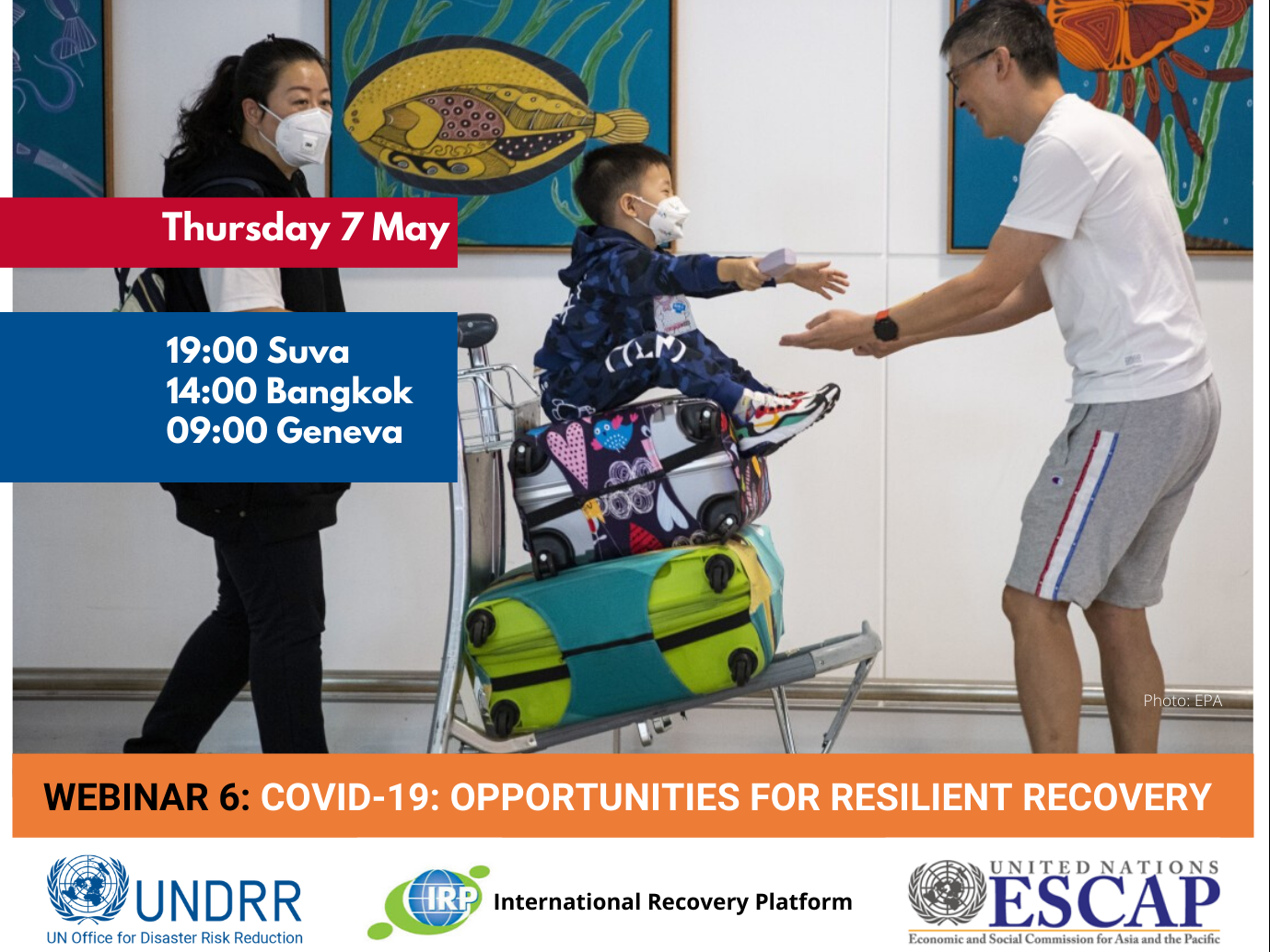Day: May 9, 2020
-

COVID-19: Opportunities for Resilient Recovery
Date: May 7, 2020 | Source: United Nations Office for Disaster Risk Reduction United Nations Office for Disaster Risk Reduction – Regional Office for Asia and Pacific (UNDRR Asia Pacific) and United Nations Economic and Social Commission for Asia (UNESCAP) and the Pacific International Recovery Platform co-organized a webinar on: COVID-19: Opportunities for Resilient Recovery as…
-

The ultimate vaccine: A resilient health care system
Source: The Philippine Star – Filipino Worldview | Author: Ambassador Roberto R. Romulo | Date: May 8, 2020 Former health secretary Dr. Esperanza Cabral compels us to think beyond today’s crisis. Scientists predict a second wave. The development of a cure and a vaccine for the coronavirus disease 2019 or COVID-19 is going to take time. Even…